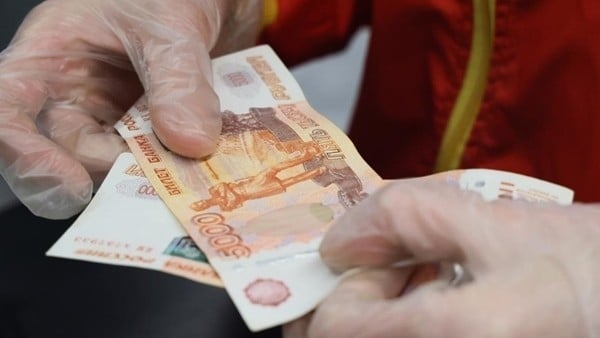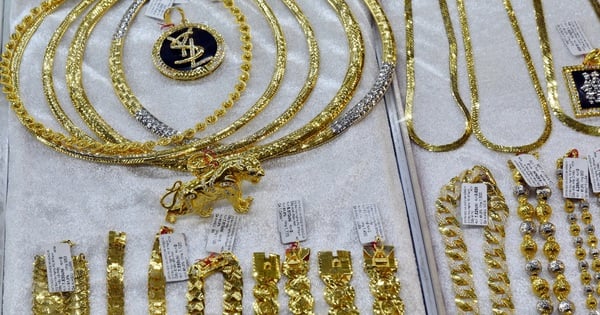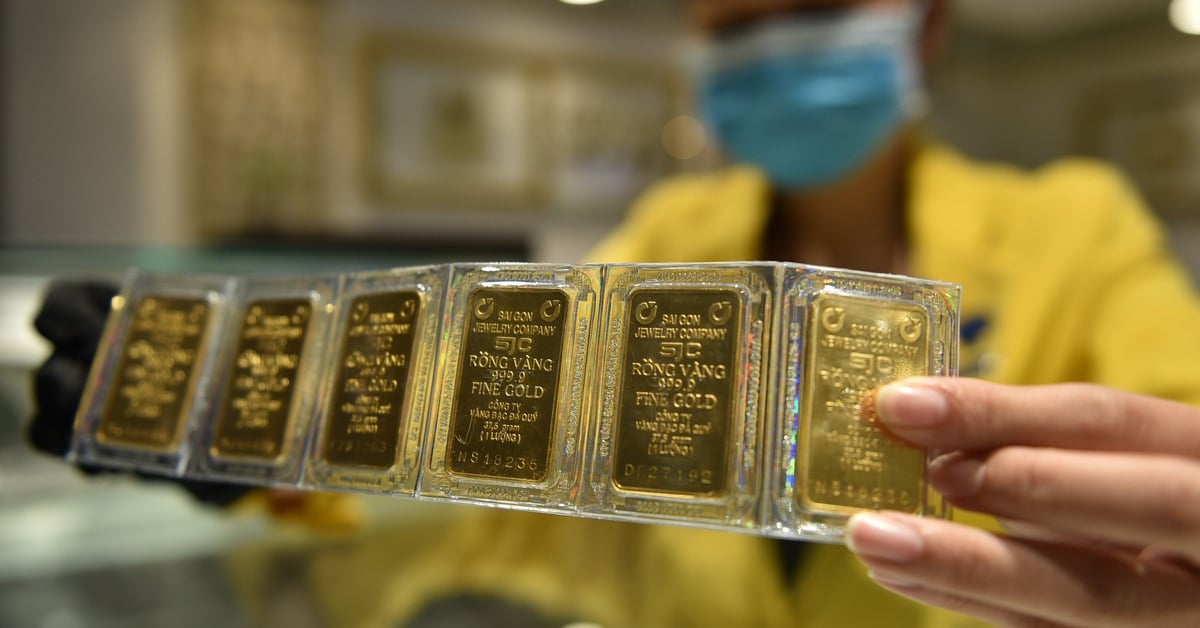 |
| Crude oil samples at the Yarakta oil field, Irkutsk region, Russia. (Source: Reuters) |
But the price cap was put in place in case oil prices rose and would have left the Kremlin with no additional profits. That moment has come and put Russia's oil price cap to its most serious test.
Russia breaks oil price limit?
In December 2022, the European Union, the Group of Seven (G7) and Australia decided to impose a price cap on Russian oil to limit Moscow's financial resources. This measure prohibits companies from providing maritime services such as insurance, finance and transportation for Russian oil sold at prices above $60 per barrel.
Since Western insurers handle about 90% of the world's freight volume, the policy is expected to be successful.
Yet Russia's benchmark oil — typically exported by Western vessels forced to comply with sanctions — has traded above the price ceiling since mid-July 2023, pumping hundreds of millions of dollars a day into the Kremlin.
Vladimir Furgalsky, an official at the Russian Ministry of Energy, said the country sells most of its oil at prices higher than the $60/barrel ceiling imposed by the West.
“Even unfriendly countries have to say that the price ceiling for Russian oil has not worked. More than 99% of oil is traded above the ceiling,” he stressed.
The Israel-Hamas conflict has pushed global oil prices higher, and now there is evidence that some traders are avoiding the cap.
According to data from a Stanford University research team, since the start of the special military campaign in Ukraine, oil sanctions have cost Russia $100 billion - as of August 2023.
But most of the damage comes from Europe's ban on Russian oil imports, not the price cap, economists say.
The Helsinki-based Center for Research on Energy and Clean Air (CREA) said that vessels owned or insured by Western countries have been persistently transporting Russian oil at all ports in the country in recent weeks, as prices have risen above the ceiling.
“These incidents provide compelling evidence of violations of the price cap policy,” CREA wrote.
Russia's oil income in September rose to around 200 million euros ($211 million) a day.
Nearly three-quarters of Russia’s total seaborne crude oil shipments from the West were shipped without insurance in August, up from 50% at the start of the year, according to a Financial Times analysis of shipping and insurance records.
The increase suggests Moscow is finding it easier to circumvent the price cap, allowing it to sell more oil at prices closer to international market prices.
Russia has built a “black fleet” of tankers that can operate without Western insurance or other services, allowing Moscow to still sell oil at high prices as global markets tighten.
In addition, observers note, the West provides Moscow with a loophole to bypass the oil restrictions. Specifically, the price of $60 a barrel of oil is set when the commodity leaves Russia, not the price that buyers pay. Oil can be bought and sold multiple times by trading companies linked to Russia, based in countries that are not part of the sanctions.
“The oil price cap is very vulnerable,” stressed Viktor Katona, senior crude oil analyst at data analytics group Kpler.
 |
| Oil revenues are the backbone of Russia's economy, helping the country avoid worsening inflation and stabilize its currency. (Source: Reuters) |
Firmly "boycott" Russian oil
The implementation of sanctions has recently received more attention from the West. The US Treasury Department has approved sanctions against three shipping companies based in the United Arab Emirates (UAE) and three vessels owned by these companies.
Three major Greek shipping companies have officially stopped transporting Russian oil to avoid US sanctions currently imposed on several Moscow oil tankers. All three companies were active shippers of Russian oil and fuel but stopped carrying Russian oil starting in November. British officials are also investigating similar violations.
Sanctions advocates say it needs to go further.
The decline in oil revenues “is the most serious threat to Russia’s macroeconomic stability,” said Benjamin Hilgenstock, a senior economist at the Kyiv School of Economics, a Ukrainian government think tank.
Oil revenues are the backbone of Russia’s economy, helping it avoid spiraling inflation and stabilizing its currency. Moscow’s ability to sell more oil to the world suggests the country is weathering sanctions better than expected.
On the US side, these officials pointed to the damage that the oil price cap has caused Moscow when combined with the European ban on Russian oil.
The boycott has forced Moscow to send oil on monthly trips to Asia, rather than on longer trips to Europe, essentially doubling shipping costs, US officials said.
Combined with the EU oil ban, the price cap has added $35/barrel to costs for Russian exporters.
One of the traders involved in transporting Russian oil also realized that the dark fleet may not be enough to transport all of Russia's oil.
In reality, Russian oil takes eight to 10 weeks to reach customers in Asia, compared to just two weeks before sanctions when it was sold in Europe, meaning more tankers are needed to move the trade, the trader said.
Source






































![[Photo] Prime Minister Pham Minh Chinh chairs Government Conference with localities on economic growth](https://vstatic.vietnam.vn/vietnam/resource/IMAGE/2025/2/21/f34583484f2643a2a2b72168a0d64baa)



























































Comment (0)